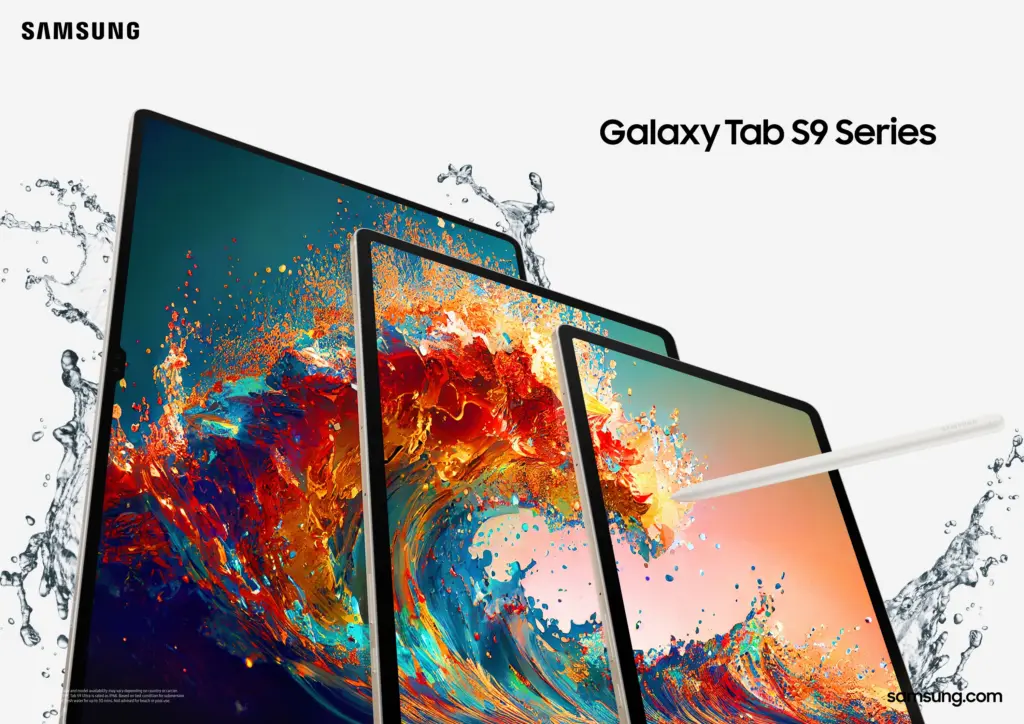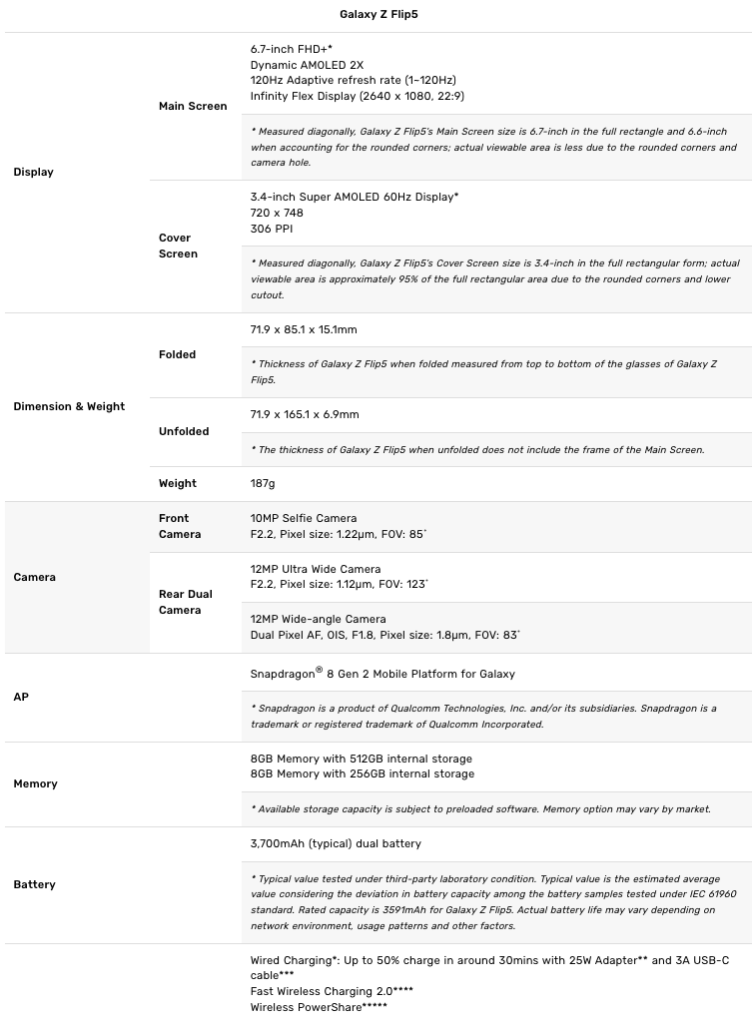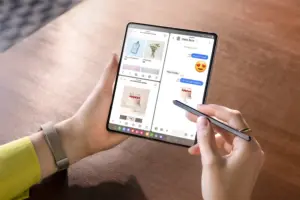Samsung has taken the unprecedented step of launching mobile products in July at a major unpacking event in Seoul. The strategy may have worked out because the company got worldwide coverage. There may be nothing new in terms of the technical specifications or expectations met, or denied, at the event, but it raises some interesting points. However, if there was one winner, it was the AMOLED Tab S9 series tablets, three of them to be exact. While the foldable phones may be priced out of reach for most ardent Android phone lovers, an OLED tablet seems to have won the press over.

But, the showcase was supposed to be the mobile phones. Let’s start with the Galaxy Z Flip5, a foldable with a new Flex Window that is 3.78 times larger than the previous generation, with more customization options, including clock faces matching that of their Galaxy Watch. In closed mode, the Galaxy Z Flip5 can display some useful information and widgets which seems to be one of the drivers behind the attraction of these devices to consumers.

Then, there’s the Galaxy Z Fold5 with a 7.6-inch Main Screen powered by the Snapdragon 8 Gen 2 platform from Qualcomm. This is definitely a phone for multimedia and gaming applications, and to emphasize that point, it comes with an advanced cooling system for extended gaming sessions.

Both Galaxy Z Flip5 and Galaxy Z Fold5 are meant to highlight Samsung’s commitment to sustainability. The devices have a wider variety of recycled materials, including pre-consumer recycled glass and aluminum, as well as post-consumer recycled plastics sourced from discarded fishing nets, water barrels, and PET bottles. Even the packaging box is made using 100 percent recycled material. To extend the product lifecycle, Samsung offers five years of security updates and four generations of OS upgrades for each device. Pre-orders for Galaxy Z Flip5 and Galaxy Z Fold5 start from July 26, with general availability commencing on August 11.

Samsung has also made significant updates to its smallest mobile device, the Galaxy Watch 6 family. The latest iteration features a much-requested rotating bezel, allowing users to scroll through apps and widgets with a tactile feel. Both watches offer larger, brighter displays, upgraded processors, larger batteries, and a convenient one-click strap swapping system. The Galaxy Watch 6 line will be available for pre-order starting at $300 for the base model and $400 for the Classic, with general availability from August 11th.

Finally, Samsung introduced the Galaxy Tab S9 series. Although the design has minimal changes, mostly slimmer bezels, there is the added dynamic refresh rate AMOLED display, the custom Snapdragon 8 Gen 2 chip, more powerful speakers, and IP68 water and dust resistance for both the tablet and included S Pen. The Galaxy Tab S9 series will go on sale starting August 11th, with pre-orders available at Samsung and Amazon. The 11-inch Galaxy Tab S9 starts at $800, the 12.4-inch Tab S9+ begins at $1,000, and the enormous 14.6-inch Tab S9 Ultra costs at least $1,200. And it looks like a real winner, although the pricing, however justified, may put it out of the reach of most Android tablet consumers.

When it comes to volume, Samsung is the world’s largest smartphone company. It makes solid products. It doesn’t have the software or third party developer base to compete with Apple, no one does. What it has shown at this unpacking is that the displays are competitive with Apple, that Samsung’s ability to leverage its OLED expertise gives it products that are, on pure hardware terms, highly competitive, and in some cases ahead, of Apple.

But, it’s still the software. The America’s and Asia belong to Apple. Samsung owns the rest of the world. It won’t be too long before developers get a feel for foldables and find ways to leverage the screens to make them even more appealing. Samsung should be in a very strong position to exploit that opportunity and solidify its market position, maybe even drive flexible OLED manufacturing in its favor. We’ll know more about that by the end of this year.

